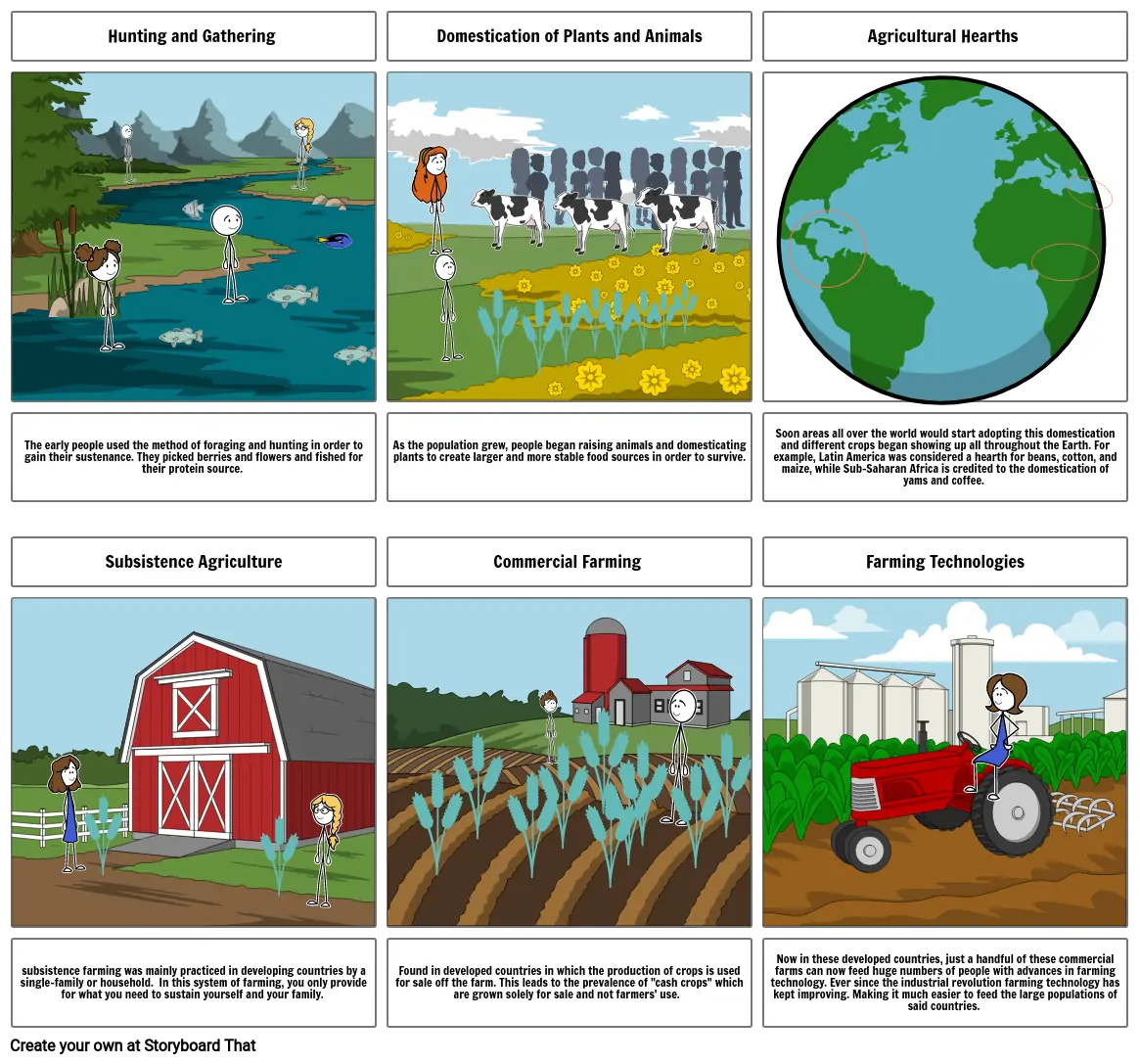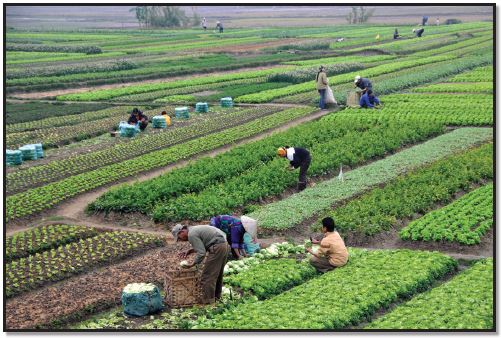Checking Out the Technical Innovations Changing Precision Farming Today
As the farming market grapples with the difficulties of feeding an expanding populace and making certain sustainability, technological advancements are reshaping the landscape of precision farming. The complete impact of these advancements on conventional farming techniques and their long-term sustainability stays a topic ripe for expedition.
Drones in Agriculture

Drones help with specific monitoring of huge agricultural stretches, determining locations requiring attention, such as insect problems or nutrition deficiencies. This targeted approach enables the maximized application of fertilizers, chemicals, and water, lowering waste and ecological influence. Drones substantially decrease the time and labor traditionally needed for field assessments, increasing performance and minimizing operational costs.
Beyond information collection, drones are crucial in accuracy planting and plant splashing, ensuring consistent circulation and reducing ground disturbance. The integration of drones right into agriculture exhibits a change in the direction of data-driven farming techniques, where technology not only increases typical techniques however likewise introduces innovative remedies for future obstacles. As the agricultural market faces stress from environment change and population growth, drones offer a promising avenue for sustainable concentration and source preservation.
Satellite Imagery Advances
While drones have considerably enhanced accuracy farming via airborne data collection, satellite imagery remains to play a crucial role in widening the range and range of farming surveillance. Satellite technology offers huge protection, allowing farmers to gain access to vital insights over extensive areas, which is not viable with drone innovation alone. This is especially beneficial for massive ranches that need comprehensive, constant data.
Advancements in satellite imagery have brought about substantial enhancements in resolution and frequency of data capture. This prompt data is vital for making educated, real-time decisions to optimize plant yields and resource usage.
Moreover, the assimilation of multispectral and hyperspectral imagery has improved the data high quality, allowing the accurate identification of plant species, development stages, and anxiety variables. With artificial intelligence algorithms, farmers can analyze satellite data more successfully, forecasting plant performance and potential concerns with unmatched precision. These innovations are critical in improving lasting agricultural methods worldwide.
IoT in Farming
The arrival of the Web of Points (IoT) in farming represents a paradigm change in agricultural management practices, supplying unequaled connectivity and data-driven insights. As IoT devices proliferate across farmland, they offer real-time tracking and control over different agricultural processes. These smart devices, that include soil sensing units, weather condition terminals, and livestock radar, accumulate and send information to central platforms, allowing farmers to make enlightened choices and optimize resource usage.
IoT modern technology helps with precision farming by enhancing the precision of data accumulated from the area. As an example, soil wetness sensing units can find variations in dampness degrees, allowing for exact watering scheduling, which preserves water and advertises much healthier plant development. Climate sensors give vital details on temperature level and moisture, assisting in insect and condition management with timely interventions.
Furthermore, IoT-enabled machinery, such as self-governing tractors and drones, better improve procedures by automating labor-intensive tasks and decreasing human error. These advancements not just increase effectiveness but likewise add to sustainability by decreasing inputs like water, fertilizers, and pesticides. As IoT continues to advance, its combination right into farming methods will likely strengthen, driving productivity and sustainability in the farming field.
AI-Driven Analytics
Structure upon the robust data collection abilities of IoT, expert system (AI) becomes a powerful device in transforming raw data into actionable insights for precision farming. AI-driven analytics leverages artificial intelligence formulas to assess huge datasets gathered from satellites, drones, and sensing units. This makes it possible for farmers to make enlightened decisions pertaining to crop administration, soil health, and resource allocation. By identifying patterns and forecasting end results, AI encourages farmers to maximize their practices, causing increased yield and minimized waste.

Furthermore, AI-driven analytics support precision farming by using tailored suggestions for planting schedules and irrigation administration. These understandings assist enhance water usage, aligning with sustainability objectives. By supplying real-time insights and critical support, AI-driven analytics not see here just improve operational effectiveness however likewise add towards sustainable agricultural methods, securing food supply chains for the future.
Robotics and Automation
In the realm of accuracy farming, robotics and automation are revolutionizing agricultural practices by providing unmatched effectiveness and precision - commercial click here for info farming vs subsistence farming. These innovations are progressively being integrated into different farming procedures, from collecting and growing to surveillance and maintenance. Automated systems, such as robotic harvesters and independent tractors, enable for the optimization of labor-intensive jobs, lowering human mistake and labor prices. These equipments are furnished with sensors and GPS innovation, enabling them to run with high precision and adjust to varying field problems.
Furthermore, robot systems enhance crop tracking and monitoring. Drones geared up with imaging innovation can survey big locations promptly, providing real-time data on crop health and wellness and dirt problems.
The integration of robotics and automation in precision farming likewise resolves sustainability issues (commercial farming vs subsistence farming). By enhancing inputs and making best use of outputs, these technologies help lessen ecological influence. Robotics and automation not only transform agricultural efficiency however additionally contribute significantly to sustainable farming practices.
Final Thought
Technical innovations are fundamentally improving accuracy farming by incorporating sophisticated tools like drones, satellite images, IoT gadgets, AI-driven analytics, and robotics. Robotics even more streamline procedures, leading to cost decreases and enhanced efficiency, inevitably changing conventional farming methodologies.
Revolutionizing the farming landscape, drones have emerged as an essential tool in accuracy farming.IoT technology promotes precision farming by enhancing the precision of data More Help gathered from the area.Structure upon the robust data collection capacities of IoT, synthetic knowledge (AI) emerges as a powerful tool in changing raw data right into actionable understandings for precision farming.In the realm of accuracy farming, robotics and automation are transforming farming practices by offering unmatched performance and accuracy.Technical developments are basically reshaping accuracy farming by incorporating sophisticated devices like drones, satellite images, IoT gadgets, AI-driven analytics, and robotics.